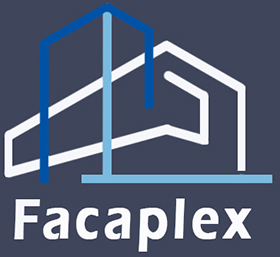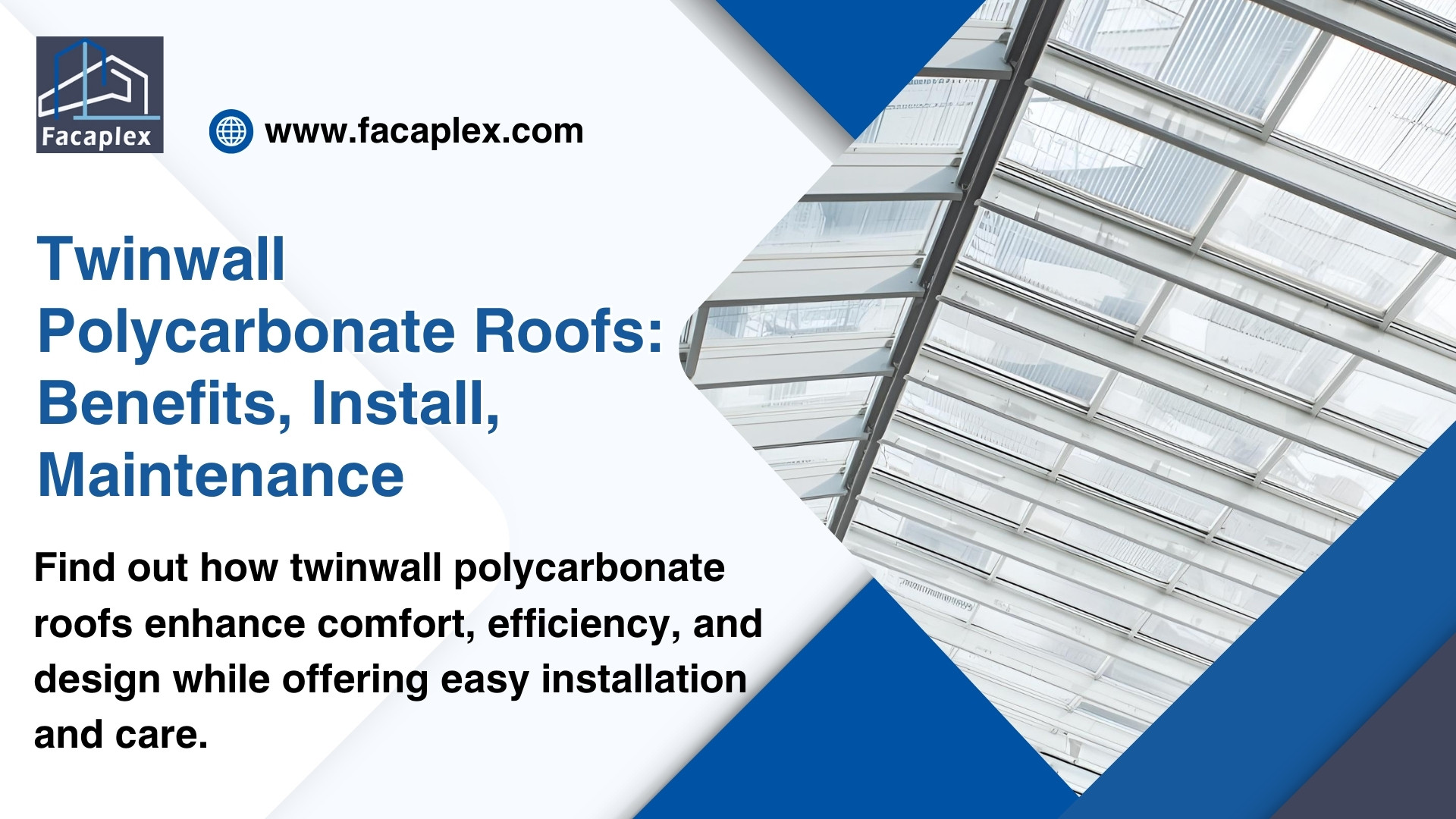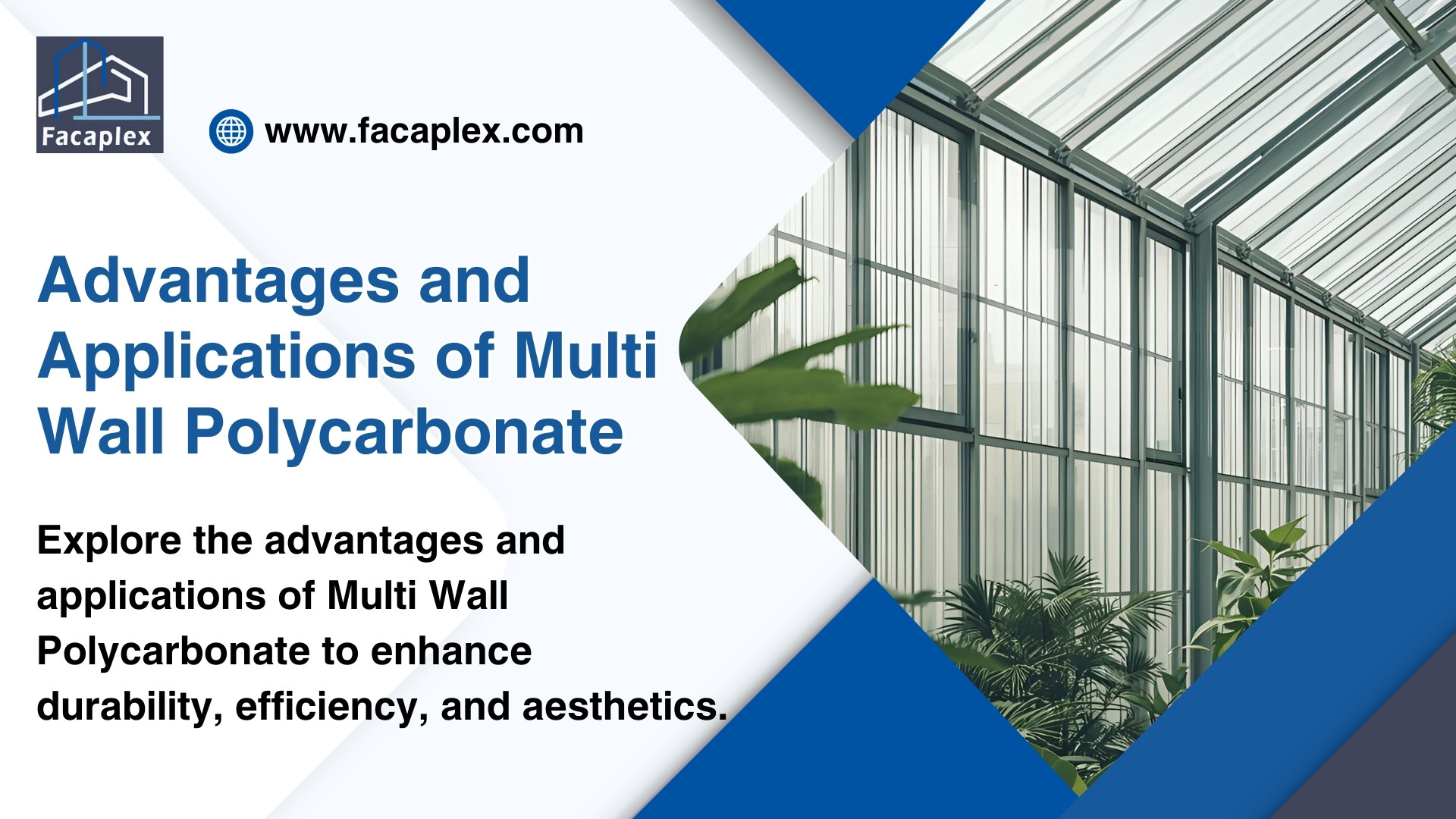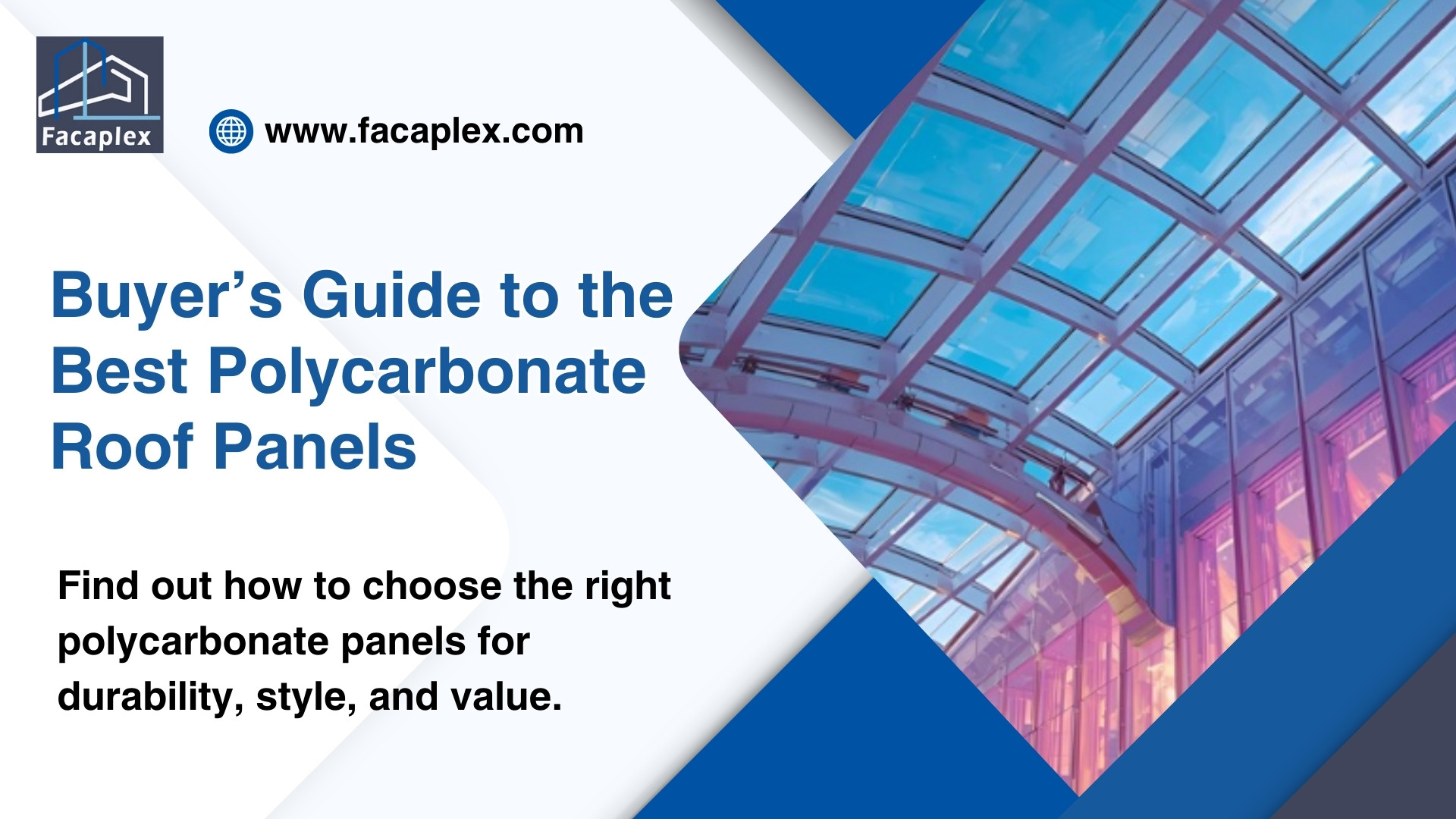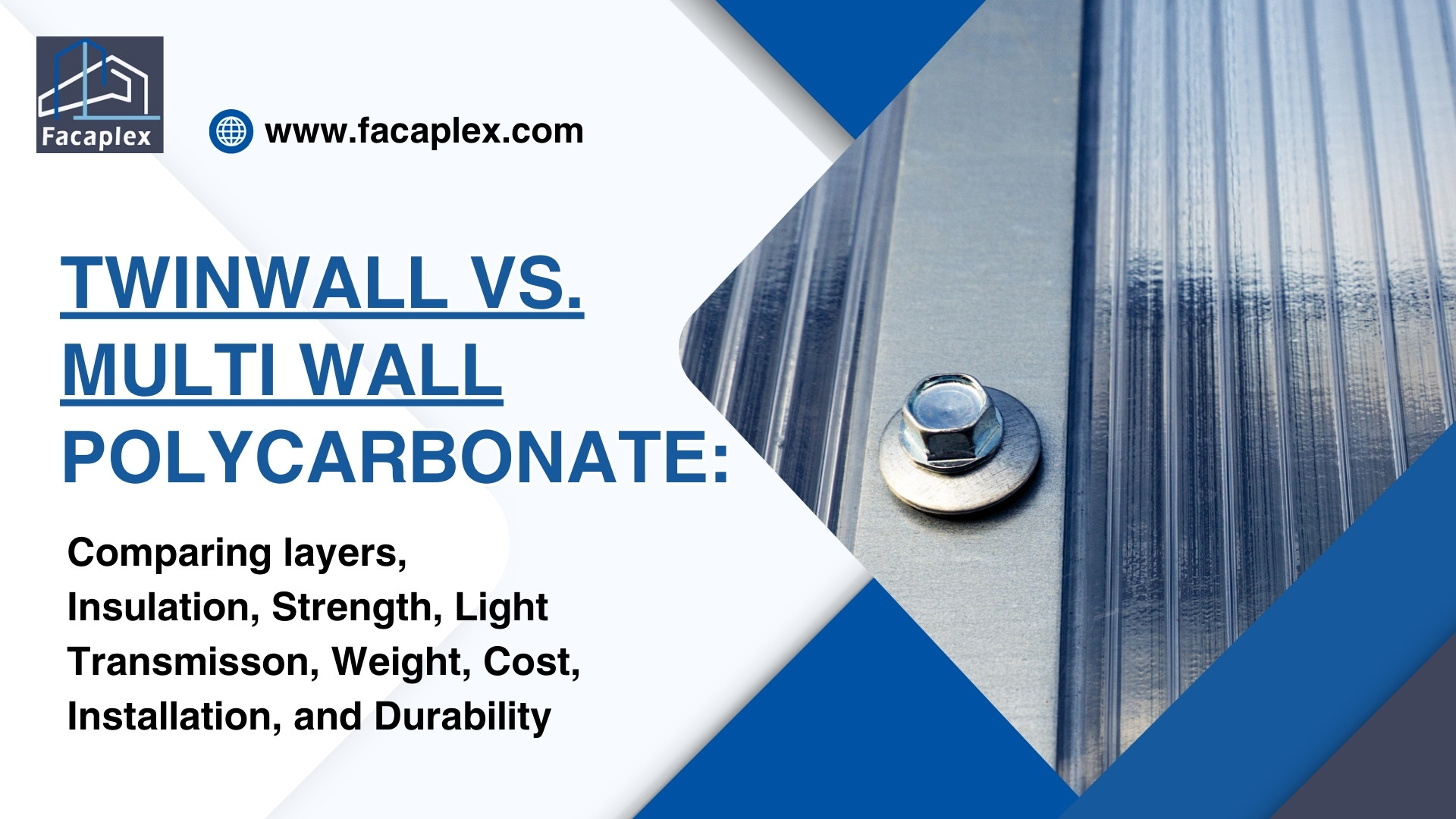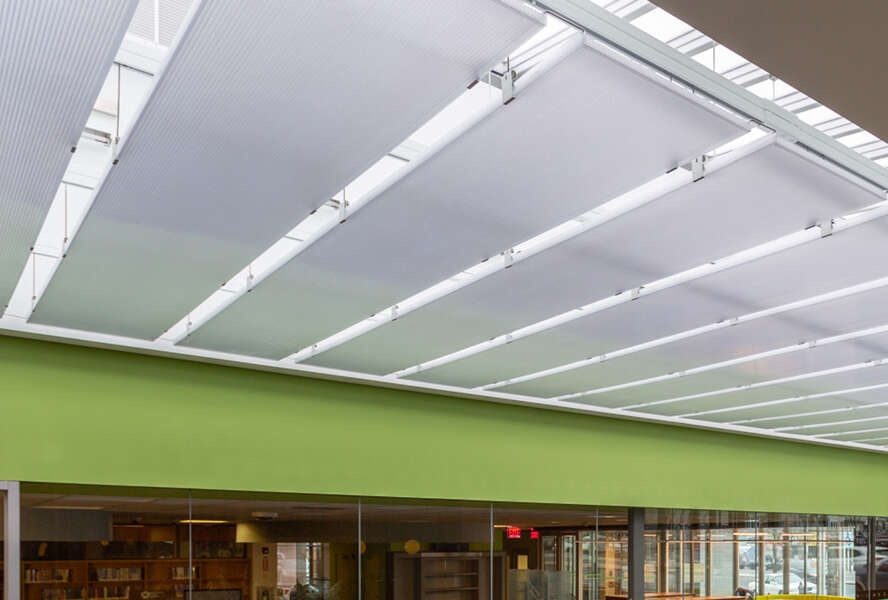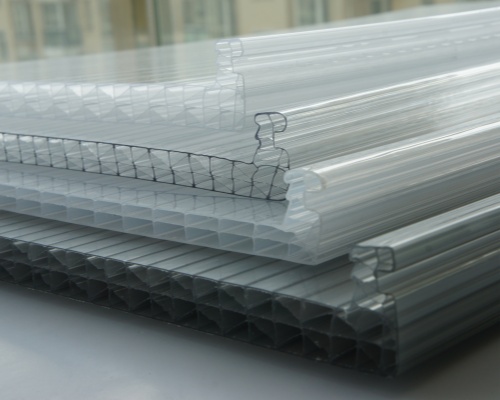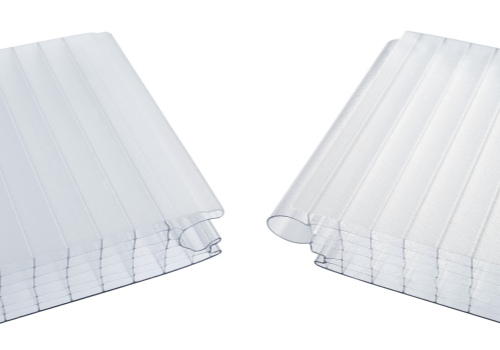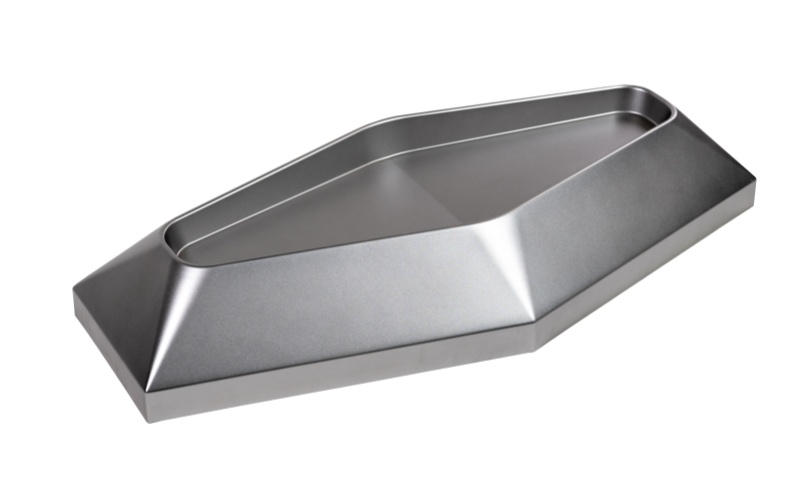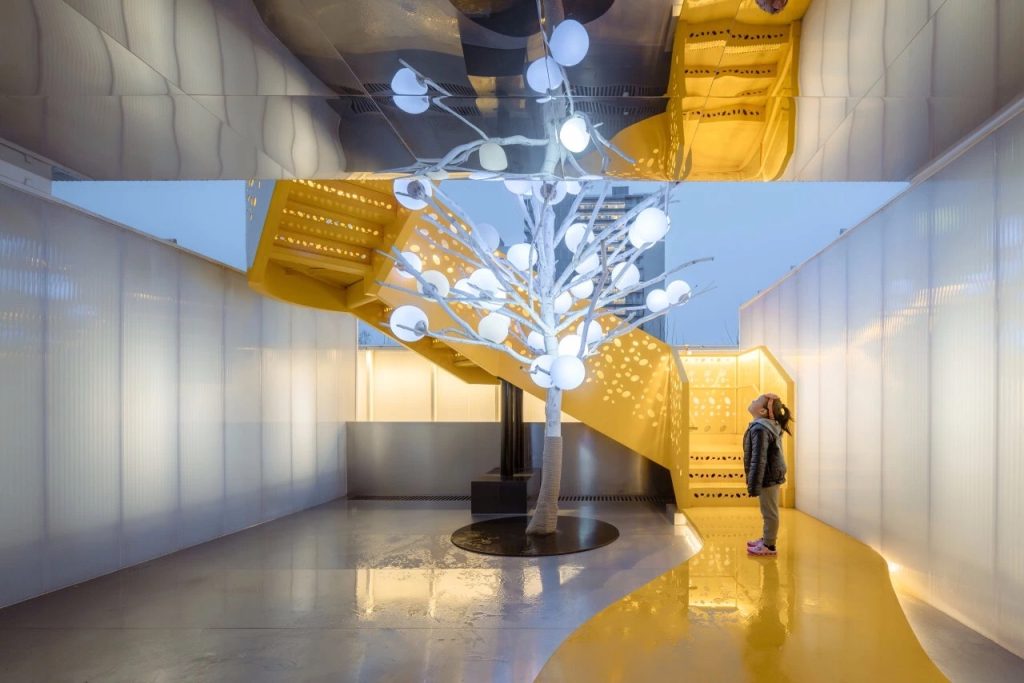When it comes to modern architecture, façades are no longer just about covering a building’s exterior—they define its character, efficiency, and long-term performance. Architects and builders today are constantly searching for materials that balance strength, beauty, and sustainability, pushing traditional choices to evolve with new demands.
Among these innovative options, polycarbonate has emerged as a standout material. It brings together aesthetics, practicality, and forward-thinking design in ways that are reshaping the role of façades. But what exactly is a polycarbonate façade, and why is it gaining so much attention in contemporary construction?
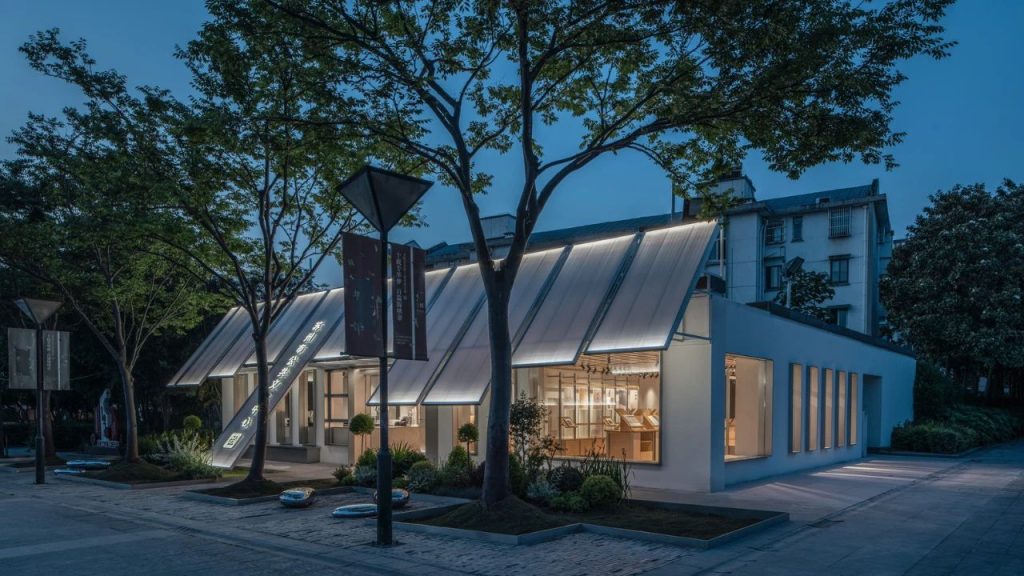
Polycarbonate Façade Overview
What Is a Polycarbonate Façade
A polycarbonate façade is a building envelope made from strong, lightweight panels. These panels create a translucent facade that allows daylight to enter while protecting the interior. Architects use this system to design spaces that feel open and bright.
Key Features of Polycarbonate
Polycarbonate offers several important features for construction. It resists impact and harsh weather, making it suitable for exterior use. The material also provides flexibility in design, allowing for curved or flat surfaces.
Polycarbonate vs. Traditional
The table below compares polycarbonate façades with traditional materials like glass and brick:
| Feature | Polycarbonate Façade | Glass Façade | Brick Façade |
|---|---|---|---|
| Weight | Lightweight | Heavy | Heavy |
| Light Transmission | High | High | Low |
| Impact Resistance | Excellent | Moderate | High |
| Design Flexibility | High | Moderate | Low |
| Insulation | Good | Moderate | Good |
| Cost | Lower | Higher | Moderate |
A polycarbonate façade stands out for its light weight and strength. The translucent facade provides better daylighting than brick and matches glass in clarity. Polycarbonate also offers more design flexibility than traditional materials.
Benefits of Polycarbonate Façades
Lightweight Yet Strong
A polycarbonate façade weighs much less than traditional materials. Builders can install these panels quickly and safely. The lightweight nature reduces the load on the building structure while still providing excellent strength.
Light Transmission & Aesthetics
A translucent facade allows natural daylight to fill interior spaces. This feature creates bright, welcoming environments without the need for extra lighting. Designers can also select from a range of colors and finishes to match any architectural style.
- Natural light improves comfort for building occupants.
- Customization options enhance the visual appeal of the facade.
Insulation Properties
Polycarbonate façades help maintain comfortable indoor temperatures. The panels provide good insulation, which reduces the need for heating and cooling. This energy efficiency can lower utility costs and support sustainable building goals.
Durability and Weather Resistance
A polycarbonate façade stands up to harsh weather conditions. The material resists impacts from hail, wind, and debris. It also blocks harmful UV rays, which helps protect both the building and its occupants.
Cost Efficiency
A translucent facade often costs less than glass or brick alternatives. The lightweight panels reduce shipping and labor expenses. Over time, energy savings and low maintenance add to the overall value.
Applications of Polycarbonate Façades in Architecture
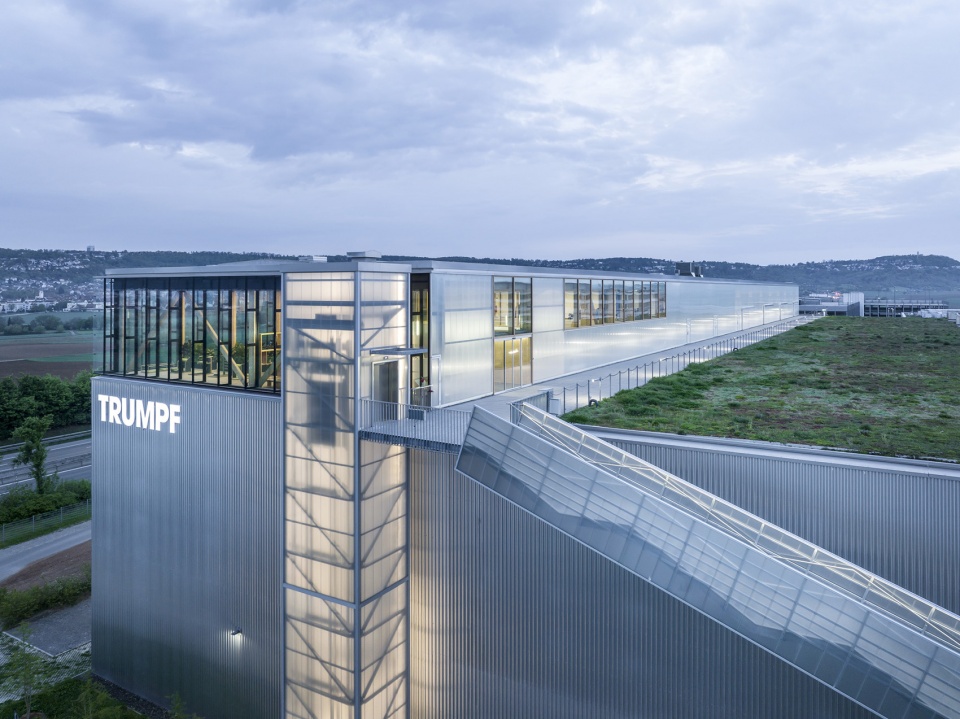
Commercial Buildings and Office Spaces
Many commercial buildings use polycarbonate façades to create bright and inviting workspaces. The panels allow natural daylight to enter, which helps reduce the need for artificial lighting. Architects often select these façades for their lightweight design and superior durability compared to glass.
Customization plays a key role in office projects. Designers can choose from a variety of colors and textures to match the building’s brand or style. This flexibility supports creative solutions for modern work environments.
Sports Arenas and Stadiums
Sports arenas benefit from polycarbonate panels because they withstand heavy impacts and harsh weather. The translucent material lets in daylight, which improves visibility inside large venues. Construction teams prefer these panels for their easy installation and low maintenance.
Stadium designers often use different formats and finishes to create unique visual effects. The ability to customize the façade helps each arena stand out and meet specific functional needs.
Residential Homes and Modern Housing
Homeowners and builders use polycarbonate translucent facade systems to brighten living spaces. The panels provide privacy while still allowing sunlight to filter through. Lightweight construction makes these façades suitable for renovations and new builds.
Modern housing projects often feature façades with custom colors and surface textures. This approach gives each home a distinct look and improves curb appeal.
Greenhouses and Sustainable Projects
Greenhouses rely on polycarbonate for its excellent light transmission and insulation. The material helps plants grow by letting in sunlight and maintaining stable temperatures. Builders choose these façades for their strength and resistance to weather.
Sustainable projects often use customizable panels to achieve energy efficiency and unique designs. The versatility of polycarbonate supports eco-friendly goals and innovative architecture.
Why Polycarbonate Façades Matter in Modern Architecture

Enhancing Design Flexibility
Architects value polycarbonate translucent facades for their versatility. These panels bend and shape to fit many building styles. Designers use them to create curved walls, bold angles, or unique patterns.
A translucent facade also supports creative lighting effects. Natural daylight passes through, changing the mood inside each space.
Improving Building Sustainability
Polycarbonate translucent facades help buildings use resources wisely. The panels last for many years and resist damage from weather. Builders choose them for projects that aim to reduce waste.
Sustainable design often includes materials that can be recycled. Polycarbonate fits this goal. Many manufacturers offer panels made with recycled content.
- Long lifespan means fewer replacements.
- Recyclable materials support green building standards.
Contribution to Energy Savings
A translucent facade lets in daylight, which lowers the need for electric lighting. The panels also provide good insulation. Buildings stay warmer in winter and cooler in summer.
Energy-efficient design saves money over time. Owners see lower utility bills and reduced carbon footprints.
| Benefit | Impact on Building |
|---|---|
| Daylight Use | Less artificial light |
| Insulation | Lower heating costs |
| UV Protection | Safer indoor spaces |
Supporting Innovative and Modern Designs
Modern architecture often features bold shapes and open spaces. Polycarbonate translucent facades make these designs possible. Architects use the material to push boundaries and create eye-catching buildings.
The lightweight panels allow for faster construction. Teams finish projects quickly and safely. Many new buildings stand out because of their unique translucent facade.
Polycarbonate façades offer several key benefits for building design:
- Lightweight panels provide strong protection and easy installation.
- Translucent surfaces improve natural lighting and visual appeal.
- Energy-efficient insulation supports sustainable architecture.
Conclusion
Polycarbonate façades represent a forward-thinking solution for modern architecture, combining strength, versatility, and aesthetic appeal in ways that traditional materials often cannot match. Their lightweight nature, excellent light transmission, and superior insulation properties make them an ideal choice for a wide range of projects—from commercial complexes and sports facilities to residential homes and sustainable greenhouses.
Beyond practical advantages, polycarbonate façades empower architects with greater design flexibility, enabling innovative structures that prioritize both beauty and function. Most importantly, they contribute to energy efficiency, durability, and cost-effectiveness, aligning perfectly with the growing demand for sustainable construction. In today’s architectural landscape, polycarbonate façades are not just an alternative—they are a vital material shaping the future of building design.
